Lord Harrowby and his Estates
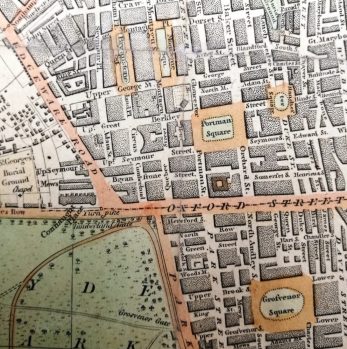
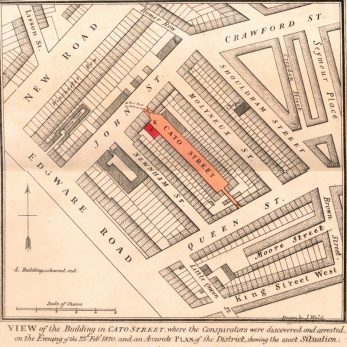
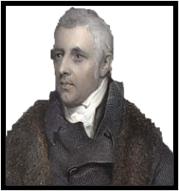
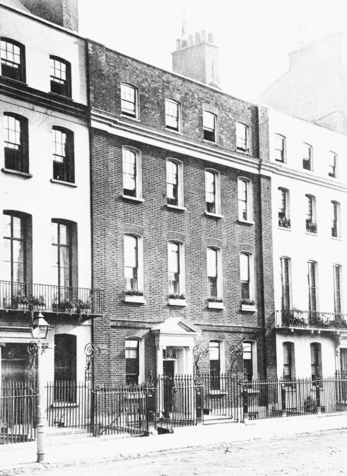
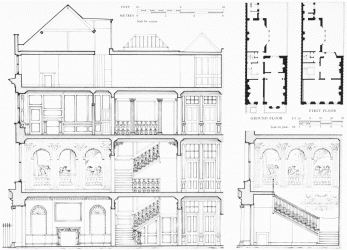
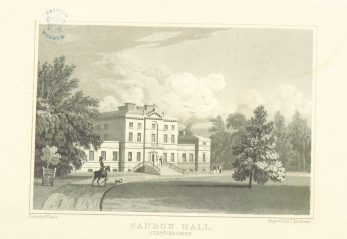
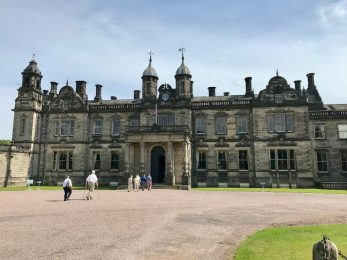
Dudley Ryder: Lord Harrowby
The 1st Earl of Harrowby, or simply Lord Harrowby, was named Dudley Ryder. Before his assumption of the title Lord Harrowby, Ryder was a Tory politician, serving in parliament. Here he held a multitude of positions, ranging from Joint Parliamentary Under-Secretary of State for Foreign Affairs, Treasurer of the Navy, Vice-President of the Board of Trade, among others. Ryder was granted the title of Earl of Harrowby in 1809 and assumed the role of Lord President of the Council in 1812, under Lord Liverpool. He served in the position until 1827. The French Revolution and the wars that followed it brought about an increasingly reactionary British cabinet. Rights and freedoms were curtailed in an effort to preserve the realm from seditious movements. King George IV’s cabinet was supremely disliked by the general public as a result of their heavy-handed policies, which included a suspension of the Habeas Corpus in 1817, as well as the infamous Peterloo massacre, the passing of the debilitating Corn Laws, and more. Lord Harrowby was remarkably liberal in comparison to his fellow cabinet members. He supported the emancipation of slaves throughout the British territories, as well as championing election reform. Later in his political career he helped pioneer reformist bills that outlawed discrimination on the basis of religion, allowing Roman Catholics and Protestant dissenters previously denied protections under the law.
39 Grosvenor Square
Lord Harrowby’s house, where the assassination of the cabinet was to take place, was located at 39 Grosvenor Square, Mayfair. It was built circa 1727 under sub-lease from the owner of Grosvenor Square, Robert Grosvenor. The house had numerous previous residents, a few of which will be listed here. Oliver St. George, a member of the Irish Privy Council was the first to live in the home from 1730 to his death in 1731; his widow maintained the property until her death in 1747. In 1752 the Earl of Scarborough, Richard Lumley-Saunderson, leased the home from three years, and spent this time making improvements to the house. The owner of the house, the Earl of Winchelsea, Daniel Finch then sold the home to a man named Edward During in 1755 for approximately £4,000. Two years later in 1757, as a result of constant improvements During was able to sell the home for around £7,500. The lot was renumbered to 44 in 1788, along with several other properties in Grosvenor Square. In 1799, Rowland Burdon bought out the lease, and continued renovations. In 1804, Dudley Ryder bought the home from Burdon for £10,500. The First Lord Harrowby lived at the home from 1804 to 1847. It is clear that this was not the same house build nearly ¾ of a century ago, thanks to the constant renovations undertaken by the previous occupants. Cabinet dinners on the premises seem to be relatively commonplace, as the Duke of Wellington’s Waterloo Dispatch was first brought to the cabinet during a dinner at the residence. The house remained with the Ryder family up until 1908, when Lord Harrowby sold the home to the Dowager Duchess of Devonshire, who continued renovations. Necessary structural repairs were carried out in 1920, 1928-30, and 1937. The Estate was proposed to be destroyed, along with the properties westward to No. 34 in the late 1950’s. This was refused, and a Building Preservation Order was placed on the house by 1960. Nevertheless, the home was demolished in 1967-68. In the present day, the lot is occupied by The Biltmore Mayfair, a hotel.
Sandon Hall
Conspirator William Davidson worked for Lord Harrowby previously, as a cabinet maker at his country estate, Sandon Hall: it is likely that Davidson had interacted with Lord Harrowby at some point during his employment. Sandon Hall is located 8 km to the northeast of Stafford. The estate was purchased by Nathaniel Ryder, the father of Dudley in 1776. Immediately they set about to do improvements to the property, creating a flower garden and additional extensions to the house itself. Sandon Hall was damaged by a vicious fire in 1848 but was rebuilt four years later in 1852 by the son of Dudley Ryder, also named Dudley Ryder. The house still stands today and has been maintained under the ownership of the Ryder family. The current owners are Conroy and Caroline Ryder, who are the 8th Earl and Countess of Harrowby, respectively. More modern additions have been made as recently as 2018, including a public wing where tours can be conducted, and renovated gardens that are available for weddings.





No Comments
Add a comment about this page